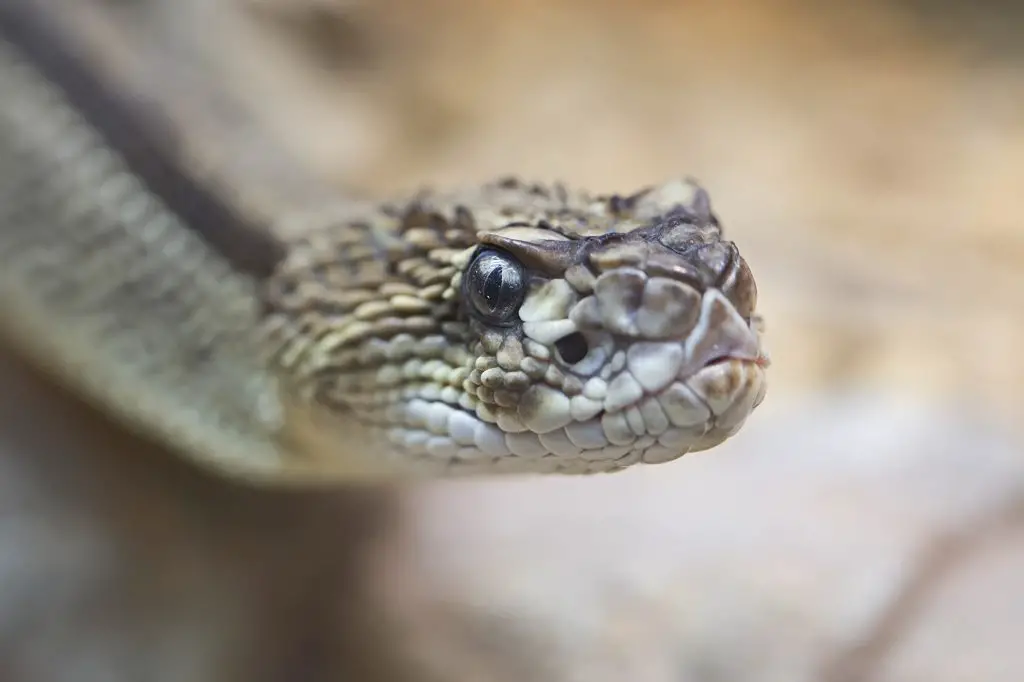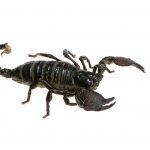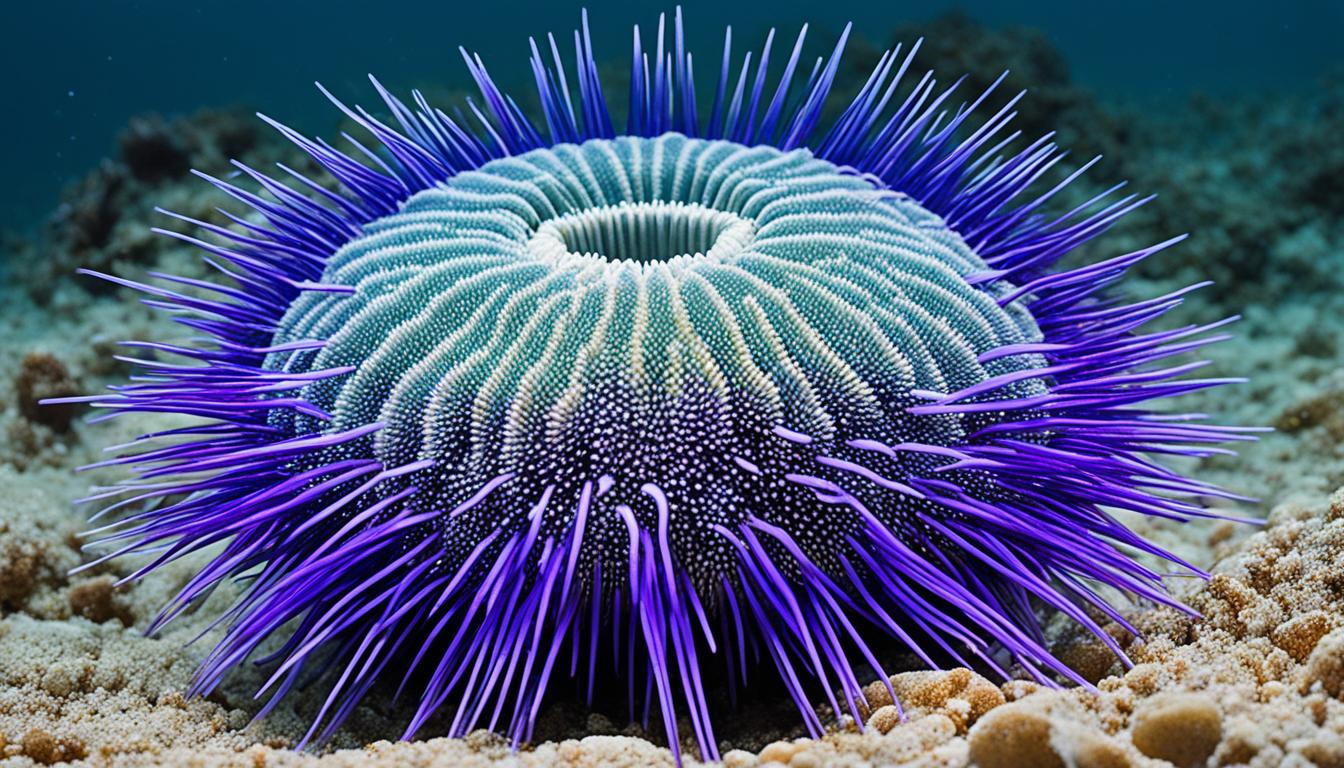Yes… kinda, Snakes do have a butthole in a way. But its not called so its called a “Cloaca”. But on snakes the cloaca also fulfill other uses then just getting rid of poop. It has 3 different uses.

All living things have to get rid of their solid waste somehow, but in creatures like snakes the question comes up: how?
If you’ve ever owned a pet snake, you know that they have every few noticeable openings over their body and the evidence of solid waste in their cages is rare.
Yes, snakes do poop, just not very often. The question that comes up again is how? Do snakes have buttholes and if not, how do they poop?
Do Snakes Only Have One Hole?
Yes, snakes only have one hole and no, it’s not their butthole. The hole is called the “cloaca” and is found on the underside of the snake, at the base of its tail.
The cloaca fulfills the roles of the three holes you see in other animals. That is, it expels fecal matter and urine as well as acts as a gentilic opening. That means snakes use the cloaca to mate and lay their eggs as well as get rid of their waste.
As animals that spend their entire lives sliding along on their bellies, having multiple holes in their body can prove dangerous for a few reasons. The more openings there are in their body, the more chances there are that something snags on those openings and tears them open. It would also increase their chance of having foreign objects enter their body. Having one opening instead of three minimizes these risks. The cloaca is a tiny, well-protected slit that further protects against such injuries.
How Often Do Snakes Poop?
Another reason the cloaca is a good survival design for snakes is the efficiency of their digestive system and infrequency in which snakes poop.
So – how often then do snakes poop?
The answer depends on the snake and how often they eat. On average, snakes poop about once every one to four weeks. Smaller snakes tend to poop more often as they also eat more frequently and want to stay light and able to move faster.
Larger snakes, such as boas and pythons that tend to eat much bigger meals every couple of weeks poop less frequently. An interesting fact regarding these heaving predators is sometimes they retain fecal matter for ballast and as an aid in their hunting which further reduces the frequency of pooping.
Other factors that influence the frequency of a snake pooping are if it’s sick, pregnant, or shedding its skin. If you suspect your snake is experiencing illness or is pooping more frequently than it should be, contact your vet.
Where is a Snake’s Bum?
Unlike many other vertebrae, snakes don’t have a bum. They don’t have a butthole or separate holes for waste removal (nor do they have needs for their body to attach or hinge hind limbs which is the bum’s other function) which eliminates the need for that particular body part. Instead, their cloaca takes care of all waste concerns as well as reproductive. Located at the base of the tail on snakes, it could be considered the official beginning of the end of the snake.
Do Snakes Fart?
As carnivores, snakes don’t fart normally. This is because gas buildup in the digestive system is caused by plant consumption. When they do fart, it’s usually a sign of an intestinal problem or bacteria buildup in your snake’s digestive tract and you should consult with your vet.
Another thing snakes do that seems similar to farting but aren’t excreting a foul-smelling combination of feces and urine defensively. Some snakes excrete this noxious combination when feeling threatened by predators while others excrete musk from glands near the cloaca. It may smell as bad as fat, but it’s not the same thing.
Can an injured snake still eliminate waste without a functioning butt hole?
The injured snake’s chances of survival may be affected if it cannot eliminate waste without a functioning butt hole. The ability to excrete waste is crucial for maintaining the internal balance of the snake’s body. If the injury hinders this process, it could lead to complications, impacting the snake’s overall survival prospects.
Do Snakes Have Any Unique Sensory Adaptations Like Donkeys?
Yes, just like donkeys, snakes also have unique sensory adaptations. Snakes have the ability to see in infrared, allowing them to detect warmth and see in low-light conditions. This special vision adaptation is different from donkeys and color vision, making snakes exceptional predators in their environment.
Conclusion
Snakes are different and strange creatures in many ways. They’re uniquely adapted to their life slithering along the ground, water, or up in trees. Part of this adaptation is the lack of holes in their body which can lead to their body becoming torn or foreign objects entering their body. This means snakes don’t have a separate butthole, urinary tract, and genital opening. Instead, they have them all combined into a cloaca. This design allows for efficiency and continued existence in snakes across the globe.










